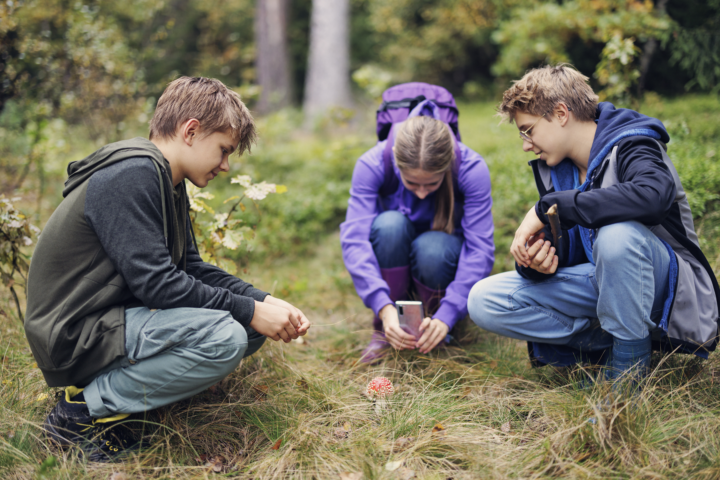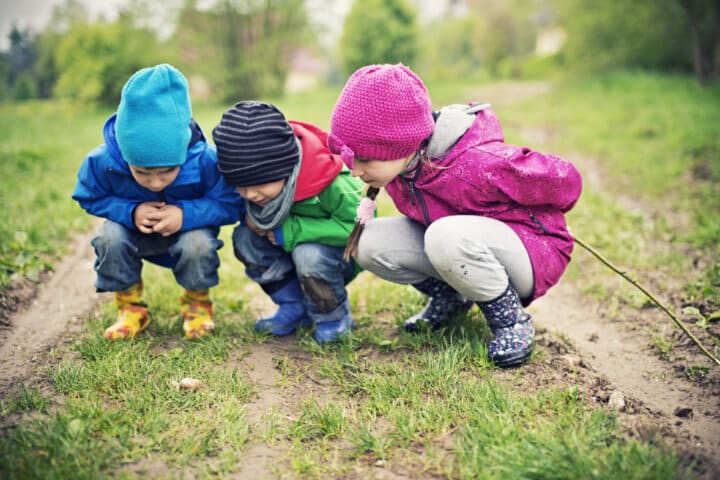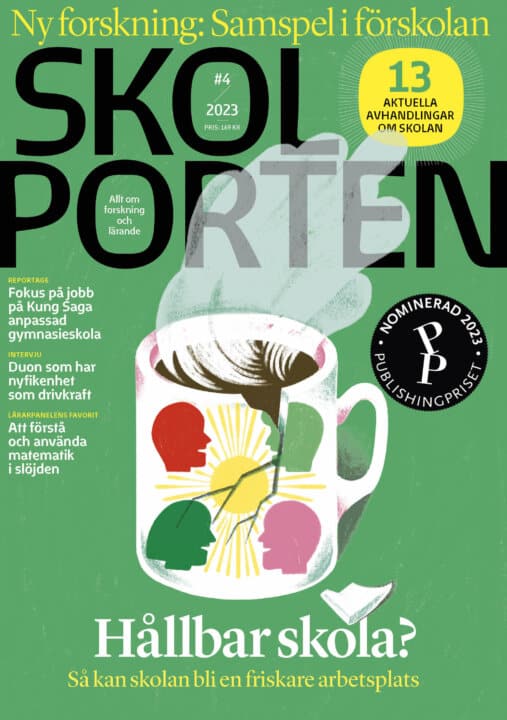Ett medialt museum: lärandets estetik i svensk television 1956-1969
Petra Werner utforskar i sin avhandling lärandets estetik i svenskt tv under åren 1956-1969.
Petra Werner
Docent Jacob Staberg, Södertörns högskola Docent Anders Burman, Södertörns högskola
Docent Katarina Elam, Högskolan Väst
Södertörns högskola
2016-11-18
Ett medialt museum: lärandets estetik i svensk television 1956-1969
Institutionen för kultur och lärande, Estetik
Ett medialt museum: lärandets estetik i svensk television 1956-1969
Avhandlingen lyfter fram svenskproducerade dokumentärer, reportage och dramatiseringar visade i svensk television 1956 – 1969. Programmen förenas av en genomarbetad estetisk gestaltning av lärandeprocesser. Den centrala problematiken i undersökningen kretsar kring hur dessa program knyter an till ett bildningstänkande genom sin estetik i vilken ett immateriellt kulturarv förvaltas i form av muntlig och visuell tradition, hantverkskunskap, berättelse och lek. Här finns en vision inspirerad av André Malraux´ idé om individens tillgång till ett imaginärt museum. Med utgångspunkt i denna idé konstrueras i avhandlingen tankemodellen Ett medialt museum, som samtidigt utgör en modell över lärandeprocessers estetiska implikationer.
Abstract in English
This thesis investigates the aesthetic interpretation of learning processes in television produced and broadcast in Sweden between 1956 and 1969. The thesis explores how these programmes are linked to concepts of Bildung by their aesthetics, by which the intangible cultural heritage is entrusted in the form of oral and visual traditions, storytelling and games/play, where learning is the common denominator. The programmes are divided into three categories: aesthetics of attentiveness, aesthetics of tale/storytelling and aesthetics of play. The detailed, thick, descriptions of the programmes emanating from the close-readings shall be, together with the aesthetic categories that I have formulated and expressed in a model, regarded as the survey’s key findings. The starting point of the central theoretical model of the thesis is André Malraux’s idea of an imaginary museum of imagination in which photo reproductions can constitute a collective memory, and thus bepart of an intangible heritage. Based on this idea of an imaginary museum, I have constructed a conceptual model called a medial museum, valid in its own time as well as for posterity. The theoretical models that the study gain support from are characterized by phenomenological and hermeneutical perspectives, as I refer to a phenomenological-hermeneutical method when analysing the programmes, and at the same time underline the phenomenological-hermeneutically based aesthetics in the analysed programmes, where aesthetic interpretation of learning processes in terms of attentiveness, tale and play is of a phenomenological-hermeneutic character. For a broad perspective on learning processes, theoretical support is acquired both from the German philosopher Hans-Georg Gadamer and his hermeneutic of traditions and from the French philosopher Jacques Rancière and his emancipatory ideas of pedagogy and aesthetics. Furthermore, the French philosopher Paul Ricœur and his thoughts on importance of storytelling for knowledge formation have had significant influence on the work. Regarding the concepts of play, I have made use of both Gadamer’s ideas of art experience as play and of Donald W. Winnicott’s theories about play as transitional area. In the programmes’ aesthetics is found a depiction of a broadened interpretation of Bildung, where processes of learning comprise a direct sensual perceiving, attentiveness, storytelling/tale and play. Moreover, within the programmes’ managing of an intangible cultural heritage, I have found an expression of an interplay between modernity and tradition, with emphasis on the historical significance of the present, and rooting in the past of everyday life, where expectation on the future and the memory of the past can co-exist. To summarise, the study suggests the possibility to understand aesthetics as an epistemology using sensuous experience as basis for a conceptual knowledge about how to understand the world. Thereby, one can comprehend aesthetics as pedagogy per se.
Relaterade länkar

Biologi
 Åk 7–Vux
Åk 7–Vux Hållbar utveckling i förskolan
 Fsk
Fsk 




